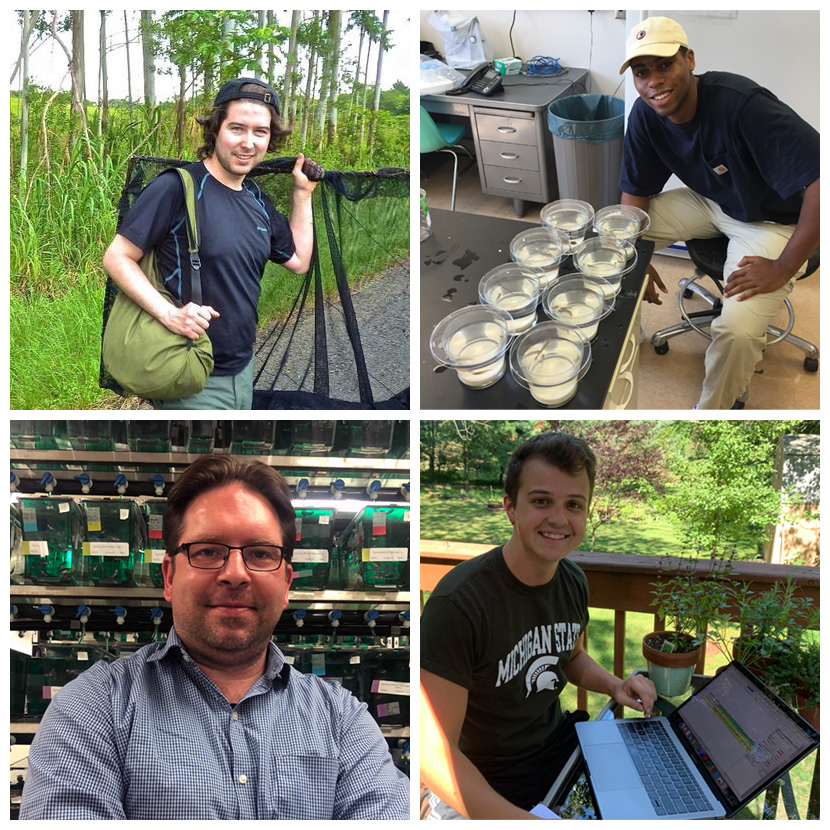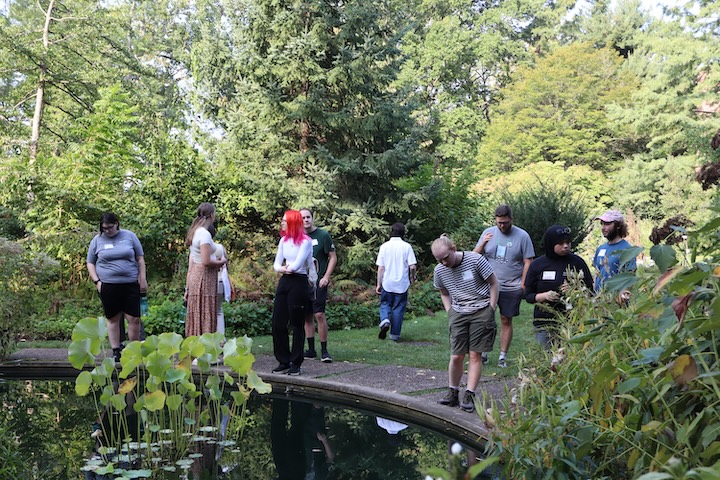The Rio pearlfish: big lessons from a little fish
Spartan researchers publish the complete genome of the Rio pearlfish, a 'superhero' species that can inform studies of human health and even suspended animation.
Don’t underestimate the diminutive and doe-eyed Rio pearlfish, for looks can be deceiving. This fish has evolved over the eons into one tough little customer producing eggs that can survive being completely dry for months at a time.
That’s one of the reasons Michigan State University scientists have sequenced the first complete genome of the fish. With that genome, researchers can better understand the biology and evolution of the species’ survival skills. The team also captured the full 3-D structure of the genome, which helps illuminate how and when genes turn on and interact with each other.
“We can learn a lot from this species,” said Andrew Thompson, EEB postdoctoral scholar and the lead author of the Spartan team’s new report published Feb. 21 in the journal G3: Genes | Genomes | Genetics. “If we can understand how they control their growth and development, maybe we can understand it better in humans, too. There is a lot of potential to inform studies of human health and disease.”

All of this new information strengthens the Rio pearlfish’s potential as a model organism that can further understanding of human health.
This is one of the overarching goals of the Fish Evo Devo Geno Lab — shorthand for evolutionary developmental and genomic biology — led by Ingo Braasch, an assistant professor in the College of Natural Science. The group studies a variety of fish, but the Rio pearlfish has long been of particular interest to Thompson, a postdoctoral research associate on the team.
“Drew’s meticulous studies of numerous killifish species over several years revealed that the Rio pearlfish is an ideal research organism to study fundamental questions about the genetic basis of animal development and evolution,” Braasch said. “They are some of the most fascinating ‘superheroes’ of the fish world.”
Rio pearlfish are a type of fish known as annual killifish that live in puddles that form in and around Rio de Janeiro, Brazil, during the region’s two rainy seasons. Those are followed by dry seasons that run from February to March and July into August when the pools dry up and the grown pearlfish populations are wiped out. Their eggs, however, survive by essentially going dormant, entering what’s known as diapause.
Read the full story at MSU Today.



